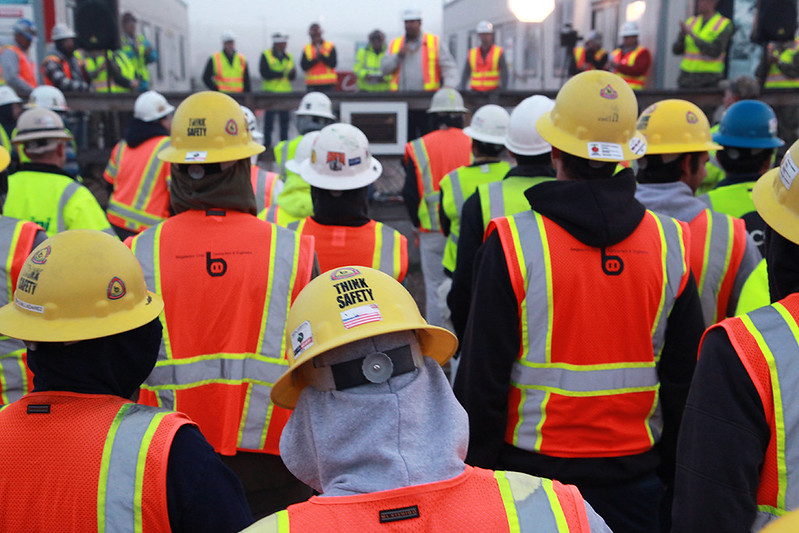UK Building Safety Bill

Will Australia follow down this path?
The Building Safety Bill is making its way through parliament. Chartered building engineer Kevin Blunden, chairman of Association of Corporate Approved Inspectors, shares insight into how it will change the industry.
The Building Safety Bill is the government’s main response to the recommendations coming out of the Hackitt Report, following the 2017 Grenfell Tower fire. The Bill will overhaul regulations, changing the ways in which buildings should be designed, constructed, managed and maintained to ensure they are safe to use.
The Bill primarily addresses risk in high-rise residential buildings, but also captures issues surrounding high-rise hospitals and care homes, and will impact on all developments. This changing regime for high-rise buildings has a knock-on effect on all aspects of construction and focuses on two main streams:
- the design and construction phase
- the post-construction phase: management of the building throughout its lifecycle, to ensure it remains safe.
Changes in responsibility
Contrary to current legislation, which states that the building safety responsibility lies with whomever is carrying out the work – which could be anyone from the constructor to the building owner – the Bill focuses on defining responsibilities. The Bill more closely pivots around design, construction and management with regulation ensuring projects are safe at each stage before proceeding. The ‘dutyholder’ responsibility will be more clearly defined than in current legislation, but there is still much detail to await.
The Building Safety Bill outlines that the first step to addressing the ongoing safety of a building is to identify who the dutyholders are. The dutyholders are individuals that will be responsible for ensuring the safety of the building, putting a different responsibility on designers and developers, as well as the property management scheme. This will potentially cause a shift in job titles and responsibilities.
The suggested changes are divided into an initial phase, setting out responsibilities, and a second phase, assigning a level of competence to people involved in carrying out these responsibilities. Designers, contractors and people managing the buildings will all be expected to have a set level of competence. In the Building Control sector, each practicing individual will be required to join a national register which will detail which types of buildings each individual is competent to work on. All other professionals involved will also have to demonstrate their competence.
While Approved Inspectors will continue to follow a competence regime, individuals will also have to be assessed in order to determine the level of responsibility they are able to carry. As all practicing individuals will have to be on the register and covered by the right level of competence, it is currently unclear whether those currently offering consultancy services to building control bodies will still be able to continue to do so in the same way, or whether everyone will have to be added to the individual companies’ books, bringing major change in terms of current practice.
Changes in regulatory bodies
From a building control perspective, the new regulator – the Health & Safety Executive – will take on responsibilities for building control for all high-rise buildings, deciding who they need to give them expertise. The fallback in the current Bill, as drafted, is the local authority but there is speculation that the HSE may also procure services from Approved Inspectors, given the needed level of expertise to fulfil high-rise projects. As such, the new Bill will change the person who is ‘issuing the certificates’ on each job, with this duty falling to the regulator.
